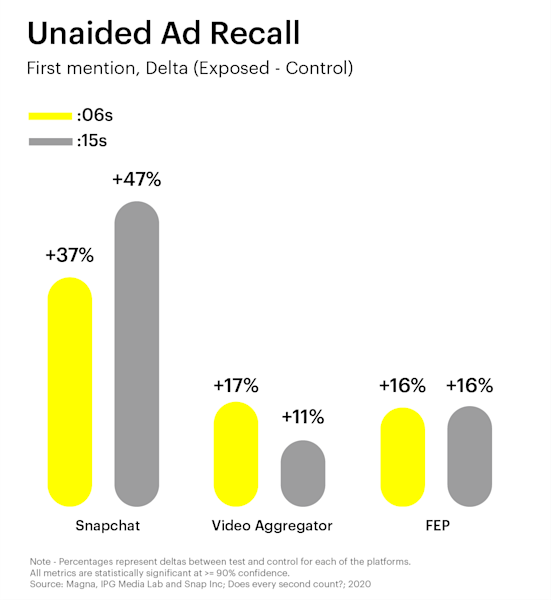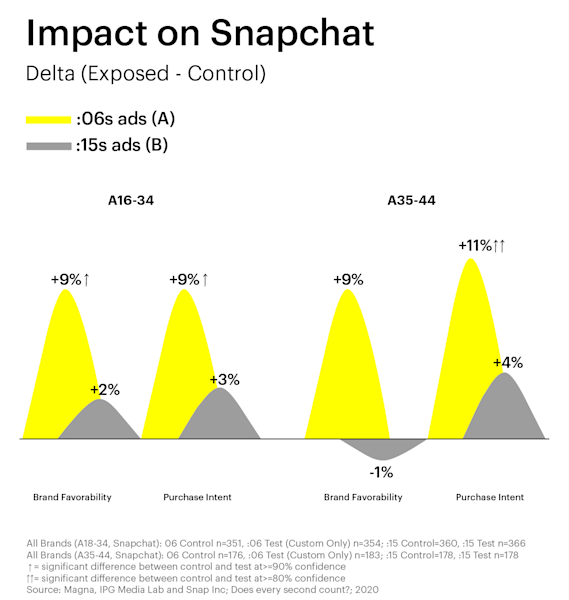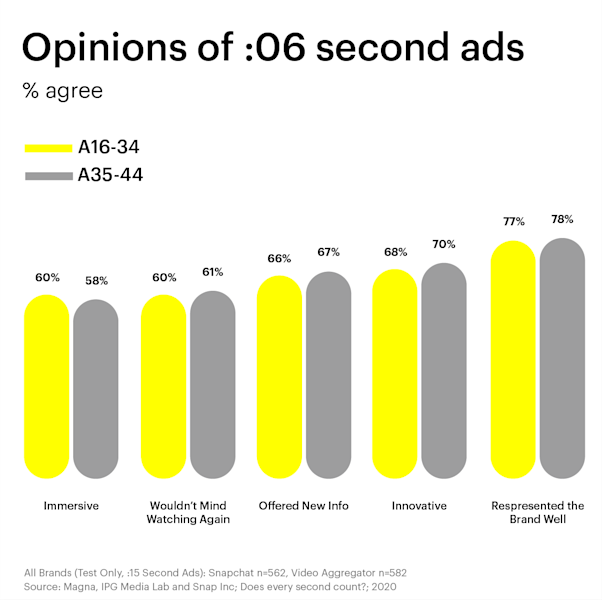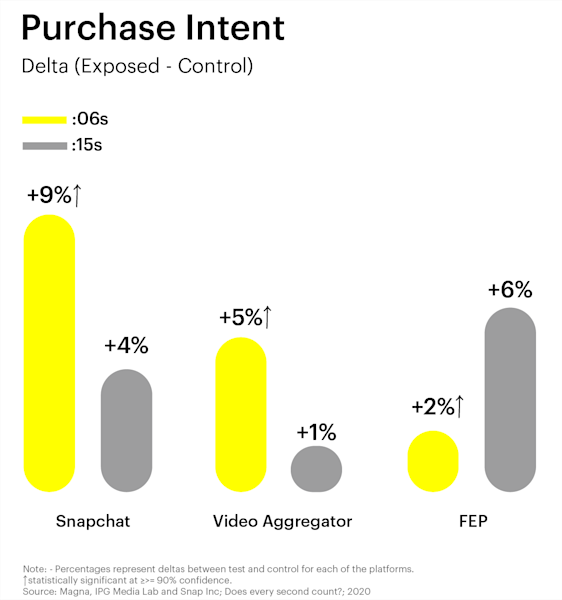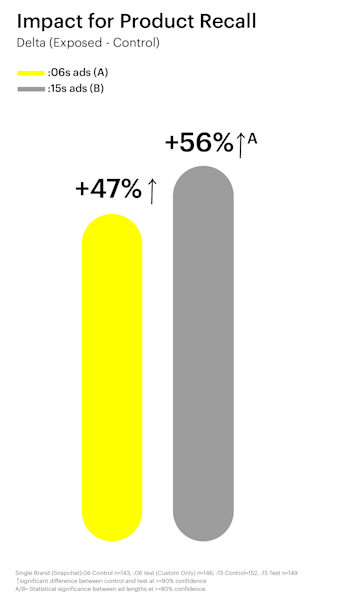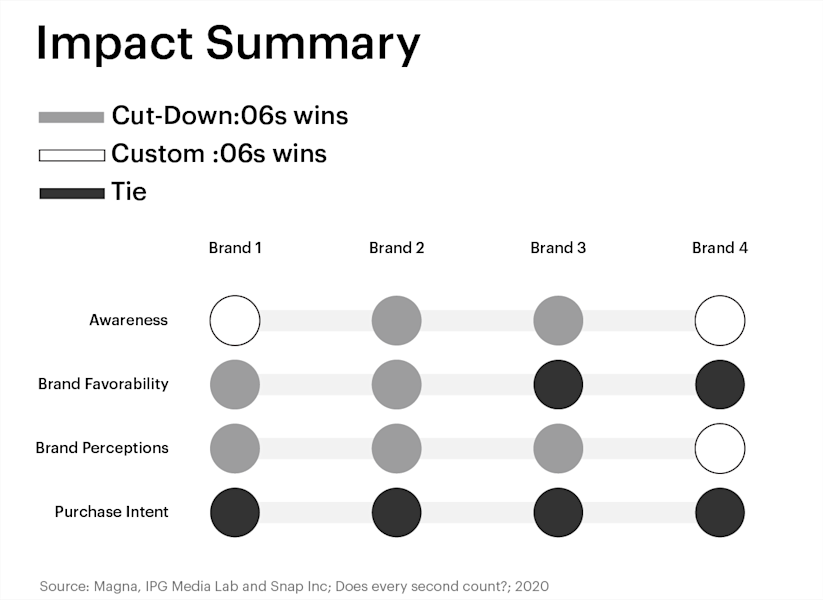By Tony Hao, Published on AdAge
Despite the current challenging economic and geopolitical conditions, Interpublic Group of Cos.’ Magna is forecasting growth in ad markets around the world. The media agency forecasts a 9.2% growth in global ad revenue to $816 billion by the end of 2022.
The agency released its advertising forecast this morning, one day after WPP’s GroupM published its ad revenue midyear forecast. Magna similarly predicts that the growth of the ad industry will slow down: the 9.2% global growth rate drops from last year’s midyear prediction of 14%.
“Most of the headwinds facing the advertising market this year were expected,” the forecast reads, quoting Vincent Létang, Magna’s global market research executive VP. Létang cited several factors that have contributed to Magna’s anticipation of the ad industry’s deceleration, including the unprecedented boom of the market in 2021, the supply chain issues and inflation that predated 2022, and privacy restriction changes exemplified by Apple’s iOS privacy updates.
The global economy has also witnessed a slowdown since the second quarter of this year, and the geopolitical situation in Ukraine has increased energy prices, discouraged trade, and exacerbated global inflation. All these factors will inhibit the expansion of the ad industry in the second half of 2022, said Magna, which accordingly abated its prediction of the 2022 global ad industry—at the end of 2021, it predicted global ad revenue would grow by 12% this year.
‘Organic and cyclical factors’
Nevertheless, the ad market is still slated to expand, thanks to “organic and cyclical factors,” Magna predicts.
In a phone interview, Létang enumerated numerous “organic” growth factors of the ad industry. In digital marketing and online media, for example, video and audio marketing is still far from reaching its plateau. “Millions of small businesses are still developing,” said Létang, “and digital advertising was doing none of that two years ago.”
Through the expansion of the digital advertising landscape that started last year, e-commerce skyrocketed, and the development of new products in consumer packaged goods and pharmaceuticals have been shifting market priorities. In addition, impending policy changes, exemplified by E.U.’s ban on gas-powered vehicles in 2035, have accelerated the innovation of “production, technology, and communication,” said Létang.
Magna’s “cyclical factors” refer to periodic events that stimulate the ad industry. “The U.S. election is an obvious one,” said Létang, which will generate “about $8 billion of political advertising that will go into local television.” Létang acknowledges that not all political ads this year will contribute to an increase in ad revenue, but “90% of [U.S.’s political ads in 2022] will be incremental.”
Aside from the U.S.’s local political events, international sports festivities will also contribute to the increase in global ad revenue. Létang mentioned the Beijing Winter Olympics, which took place last winter, and the Qatar World Cup, as examples. The World Cup in particular will have a stronger impact on the global advertising industry, given that it will be held in November, right before the holiday season, when marketing campaigns abound and ad rates soar.
Magna observes that these organic and cyclical factors have already translated to a strong ad market in the first quarter of 2022, in which the U.S., for example, saw a 14% increase in ad revenue. “Consumer mobility finally recovered,” Létang said, “especially when it comes to transit.” Other industries also saw organic growth, most noticeably the betting, tech and entertainment industries.
Digital, traditional media, TV
Magna predicts digital advertising sales to grow by 13% to reach $534 billion, 65% of the total ad sales, in 2022. Among different digital ad formats, digital video will see the most growth of 16%, while search will occupy the biggest market share of $265 billion. Social advertising will only experience an 11% growth, lower than both video and search. Besides the aforementioned Apple privacy restriction updates, the plateauing of user and client numbers on social media is another factor in the slow growth of social advertising, according to Létang.
Advertising revenue for traditional media (TV, radio, out-of-home, print, and cinema) will grow by 4% to $282 billion, which represents 94% of the pre-COVID traditional media revenue. As the global pandemic situation alleviates, out-of-home ad revenue will welcome a 10% increase. Audio and TV will grow by 4%, while publishing will decrease by 3%, Magna reports. Much of such growth of traditional media will come from ads generated by cyclical events—traditional media ad revenue would otherwise only grow by 2%.
Traditional media is slated to grow thanks to its digital shares. In publishing and audio, for example, 50% and 20% of their revenues, respectively, come from ads in the digital format.
TV ad sales also benefit from its digital share, specifically AVOD. Magna predicts AVOD revenue to grow by 10%-15%.
National forecasts
Magna expects U.S. advertising revenue to grow by 11.1%, to reach “a new all-time high at $326 billion” by the end of 2022 and account for 39.9% of the global market. Notable driving factors for U.S.’s ad industry include political ads and the recovery of entertainment and travel. On the other hand, pure-play digital media and social media, due to Apple’s new privacy restrictions, will continue to see the growth of their ad sales decelerate. CPG categories, due to the increasing gas price and the global supply chain issues, may stagnate or decrease their ad budgets.
Among other top-15 advertising markets around the world, India and South Korea will both post strong growth of 15% and 11% respectively, Magna predicts.
China, the second-largest ad market, which accounts for 15.4% of global ad revenue, will grow by only 8%. Magna attributes China’s lethargic market to the nation’s strict COVID lockdowns and increasingly tightened regulatory environment for digital media.
Germany is among the countries that will suffer the most from the current economic and geopolitical events of the world, as its ad market will only expand by 6%. Germany abundantly exports automobiles to China and imports raw materials from Russia and Ukraine.
Nevertheless, Germany’s ad industry stagnation appears only temporary. “They’re slowing down, but not falling off a cliff,” said Létang. “There’s resilience.”

